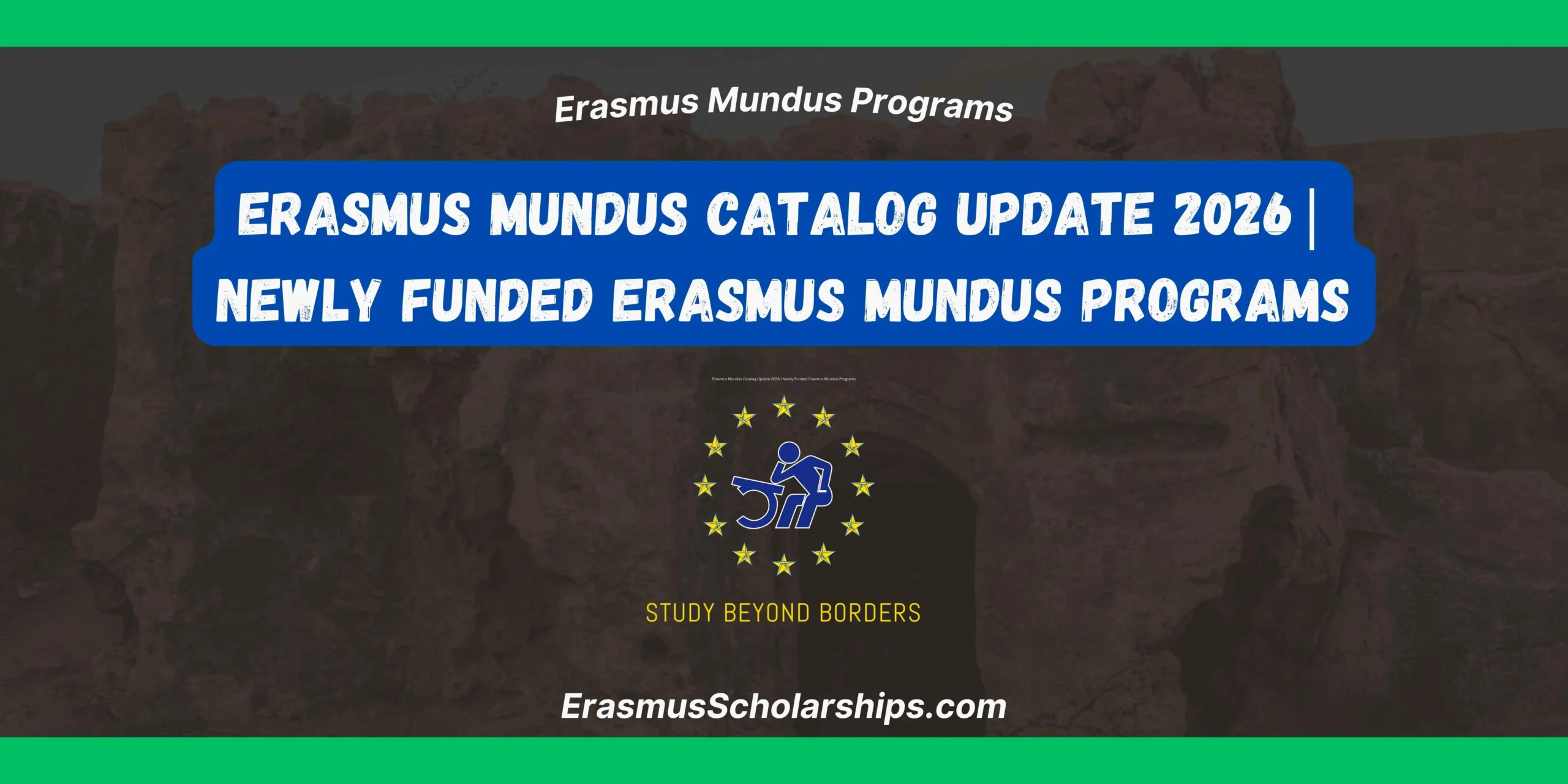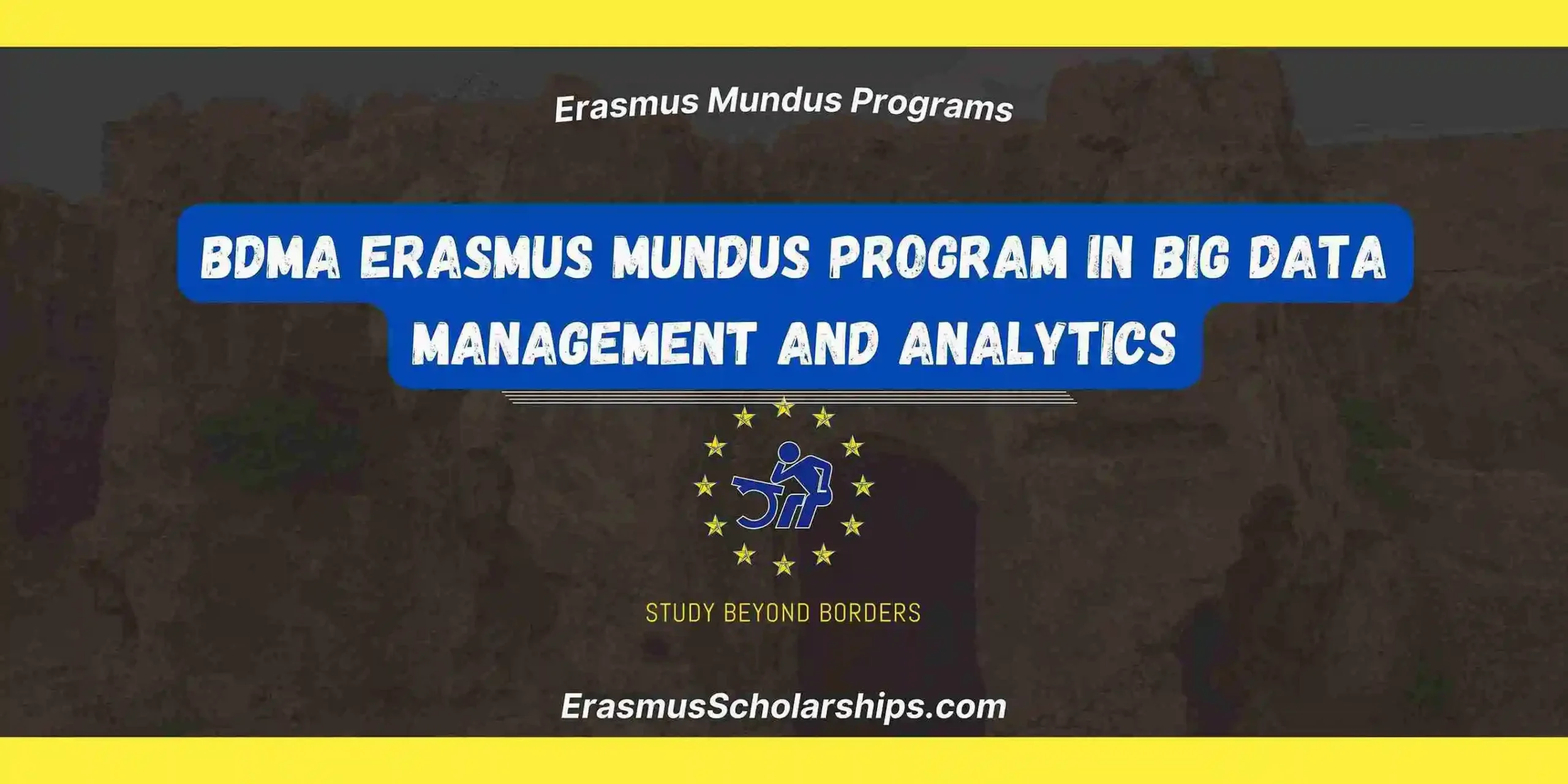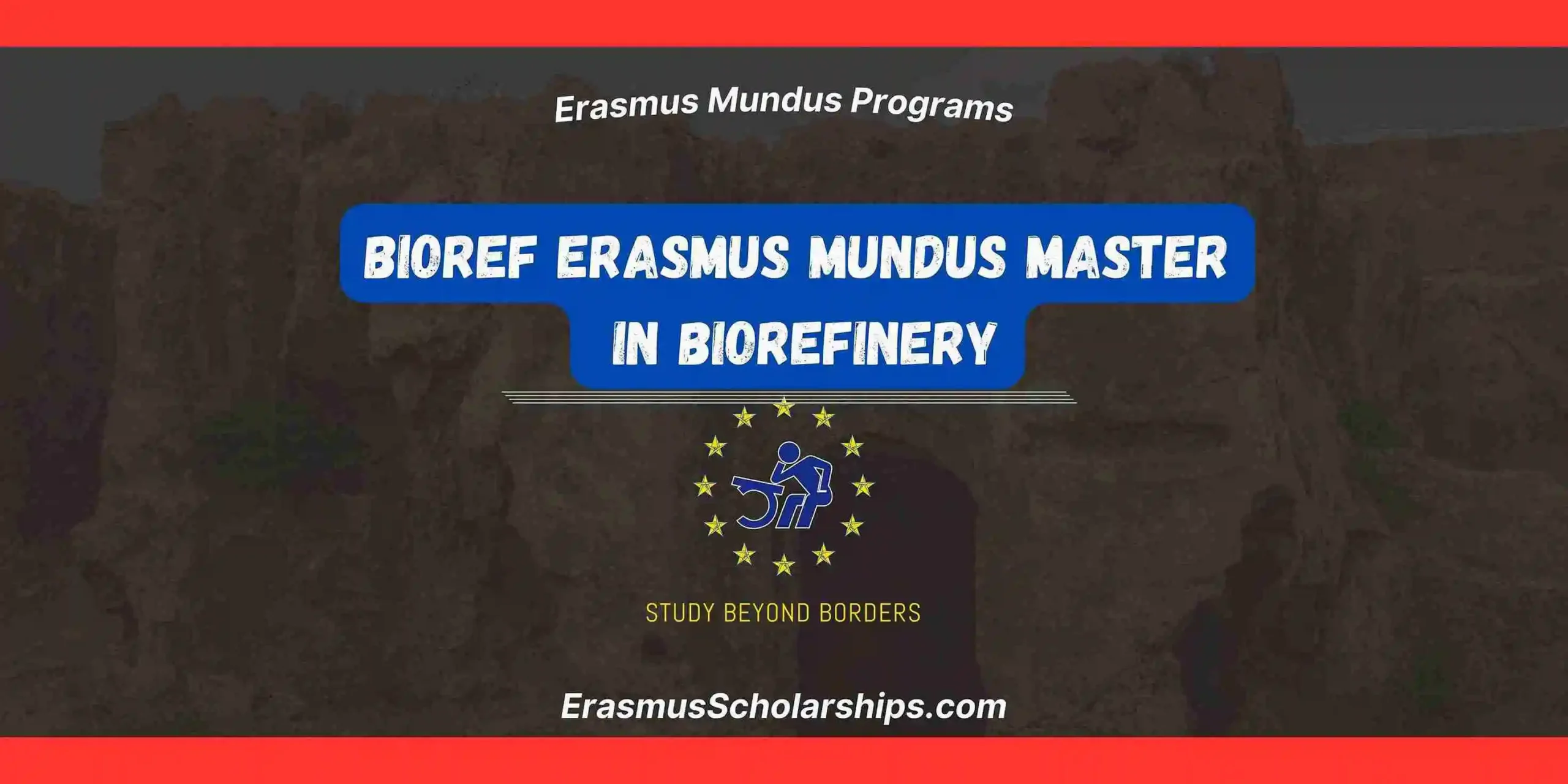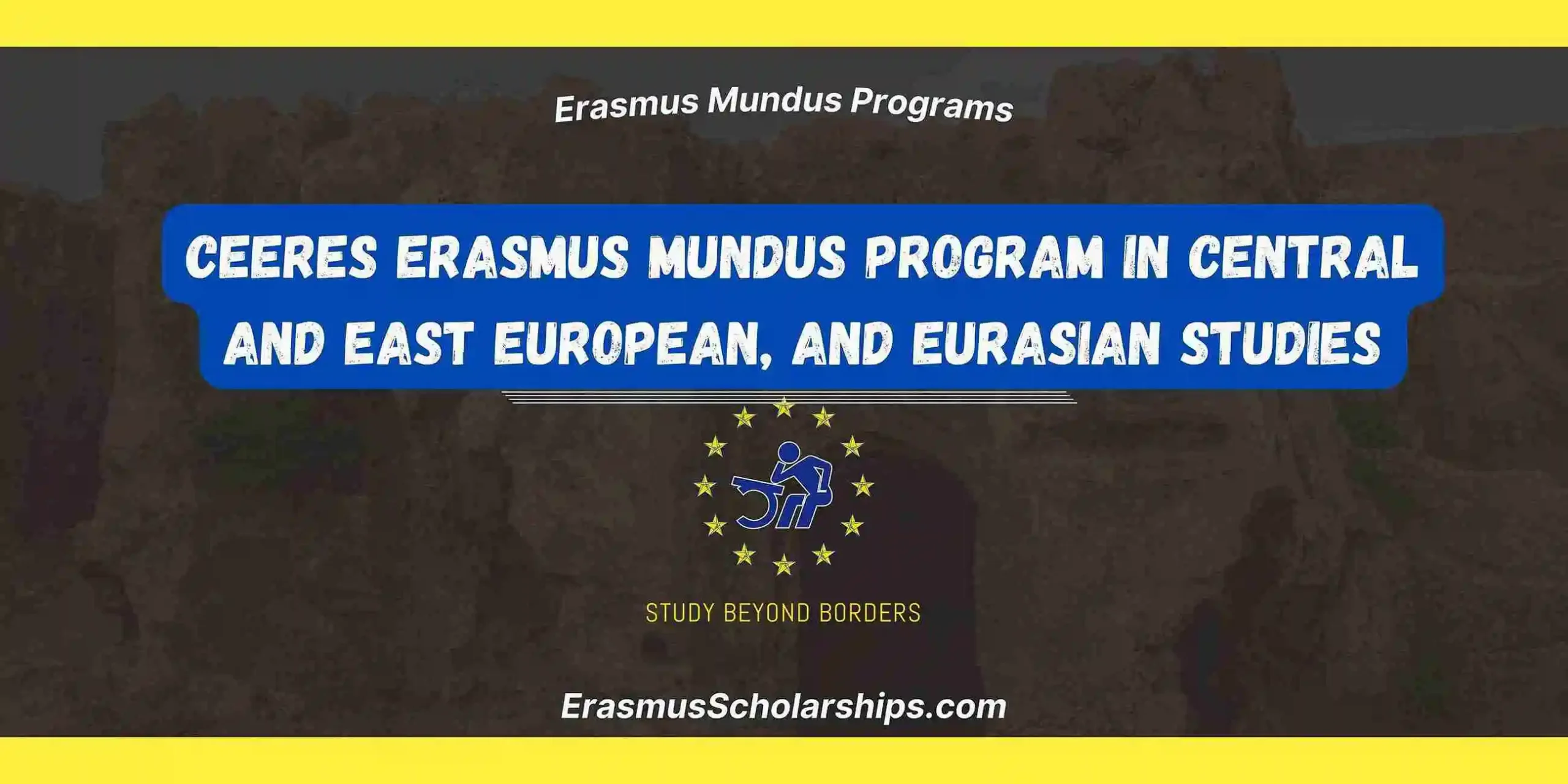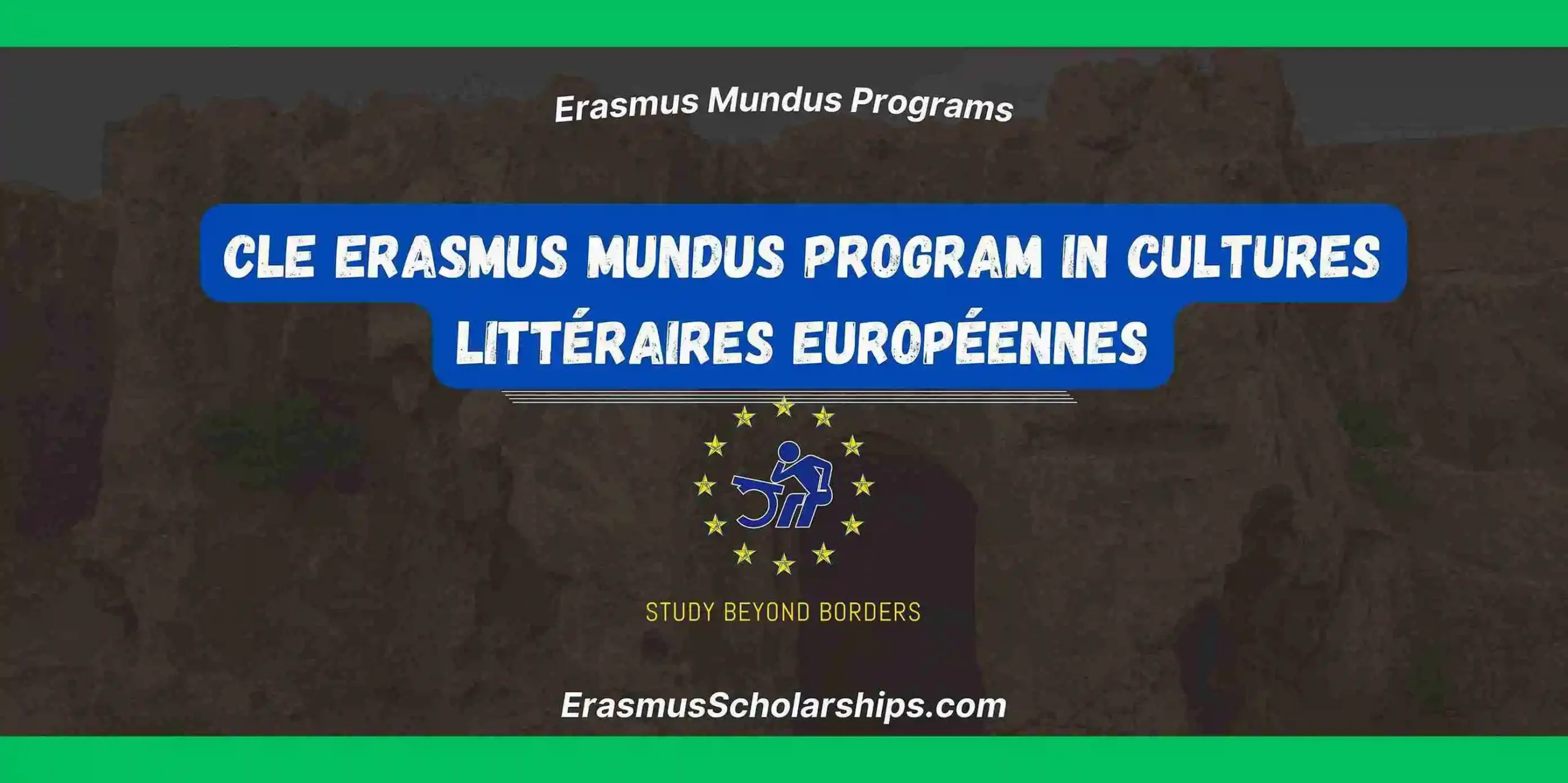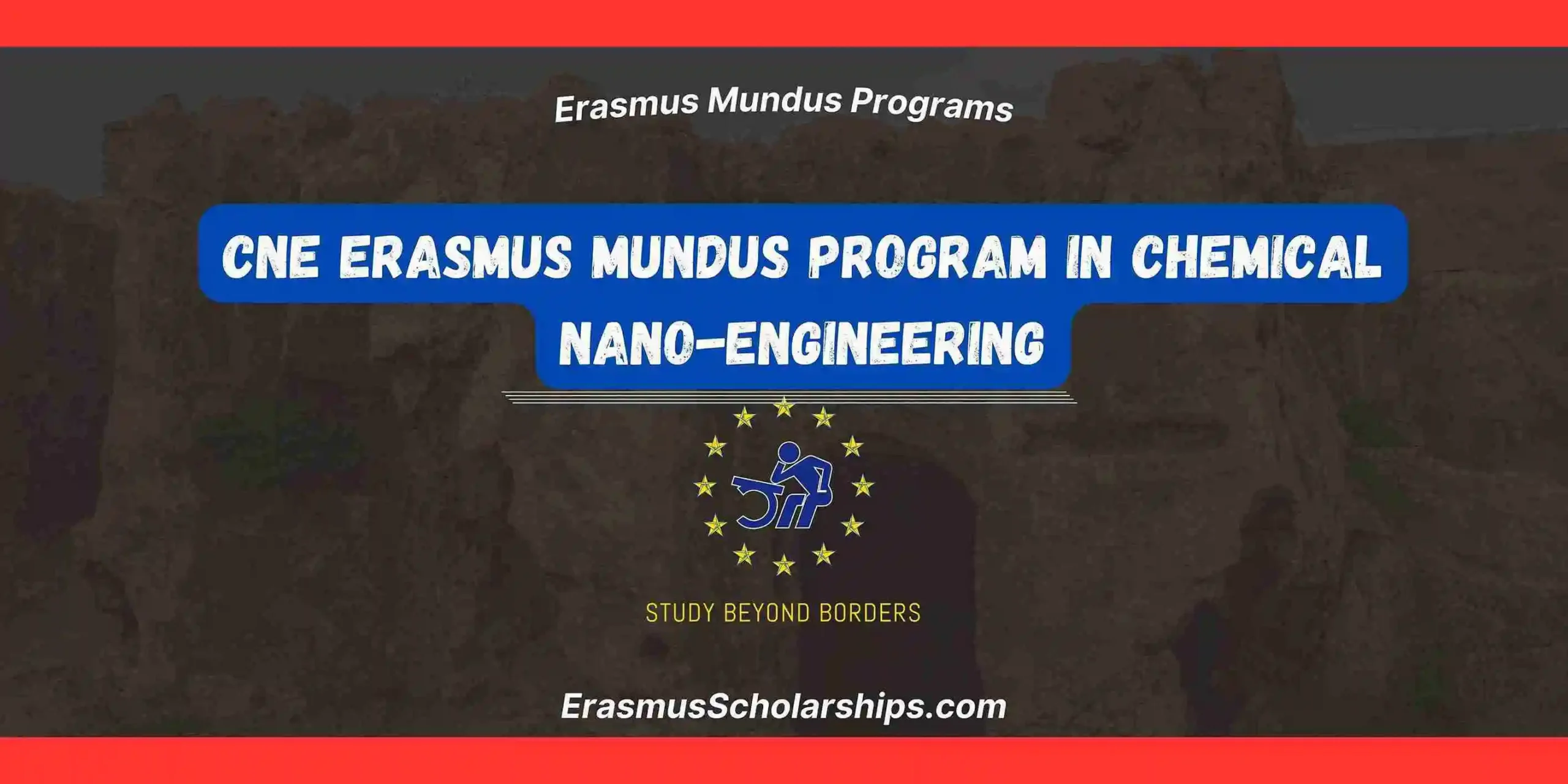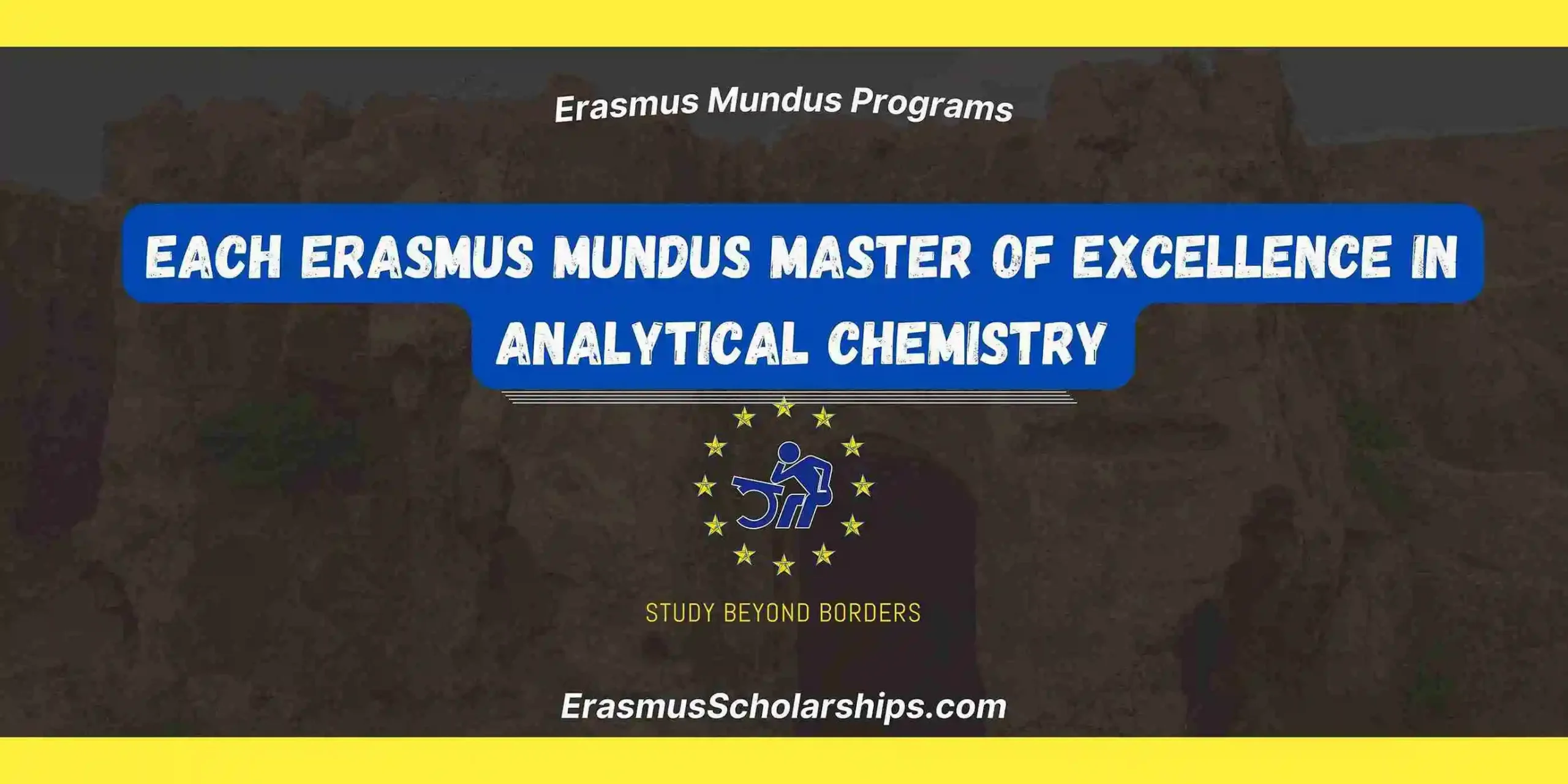The FUSION Erasmus Mundus Master of Science in Nuclear Fusion and Engineering Physics, also known as FUSION-EP is a prestigious two-year Erasmus Mundus Joint Master Degree (EMJMD), underwritten by the European Union. This highly research-oriented programme unites eight leading European universities to deliver advanced training in both the physics and technological aspects of magnetic confinement fusion, a field central to the pursuit of sustainable, carbon-free energy. The curriculum is deliberately international, multidisciplinary, and innovation-driven, offering students an immersive experience across cutting-edge institutions deeply involved in fusion research.
Since its inception in 2006, the FUSION Erasmus Mundus programme has aimed to cultivate the next generation of fusion engineers and researchers through robust academic coursework, hands-on laboratory exposure, and dynamic mobility across institutions. With structured core tracks, Fusion Science and Fusion Technology, students deepen their expertise in two different countries across the two study years, while developing transferable skills and building strong networks through summer schools, online and in-person joint sessions, and thesis defenses conducted during a summer event.
Project Status
- Status: Ongoing
- Start date 02-09-2019
- End date 01-09-2026
- Action Type: Erasmus Mundus Joint Master
- Universities Involved
- Countries Involved
The FUSION Erasmus Mundus program is a Master’s in Nuclear Fusion and Engineering Physics offered by leading European universities.
| Aix-Marseille Université |
| Université de Lorraine |
| National Institute of Nuclear Sciences and Technologies |
| Universidad Complutense de Madrid |
| Universidad Carlos III de Madrid |
| Czech Technical University |
| Universität Stuttgart |
| France |
| Spain |
| Czech |
| Germany |
This cross-border collaboration allows students to gain an international perspective while studying and researching in the heart of Europe’s academic and industrial hubs.
Description of the FUSION Erasmus Mundus Program
FUSION Erasmus Mundus is designed to offer rigorous multidisciplinary education in nuclear fusion, combining theoretical physics with engineering applications. Students move between institutions to follow a dual-track curriculum (Fusion Science vs. Fusion Technology), fostering adaptability, technical competence across contexts, and immersion in diverse research environments.
Key Features of the FUSION Erasmus Mundus Program
- Dual-Track System: Choose between Fusion Science and Fusion Technology from Year 1, with track-specific institutions in each master year.
- Mobility & Cultural Exposure: Study in two different countries, engage in joint sessions (both online and in-person), summer schools, and summer events including thesis defenses.
- Strong Outcomes: Almost 70 % of graduates pursue a PhD, 85 % find jobs quickly, and 25 % go directly into fusion careers.
- Thesis & Networking: The fourth semester is devoted to a professional placement or thesis, culminating in a public defense during the summer event.
Mobility Tracks of the FUSION Erasmus Mundus Program
- Students choose Fusion Science or Fusion Technology track from the very beginning.
- Year 1 (Master 1): Study at one of the designated Year A universities.
- Year 2 (Master 2): Continue in a different country at a Year B university offering the same track.
- This ensures that every student studies in at least two countries during the programme.
- The mobility system is designed to maximize academic exposure, cultural exchange, and research opportunities across Europe.
Admission Requirements
- Academic Credentials: Bachelor’s degree (minimum 3 years / 180 ECTS) in physics or engineering (e.g., nuclear, materials, chemical, electrical). Other backgrounds may be considered if supported by experience.
- Knowledge: Strong footing in quantum mechanics, statistical physics, thermodynamics, and electromagnetism.
- Language Proficiency: English at C1 level CEFR—via TOEFL (≥94), IELTS (≥7 overall), Cambridge C1, or proof of study in English for 2+ years.
How to Apply for the FUSION Erasmus Mundus Program
- Visit the application portal (typically open mid-November to mid-February).
- Prepare and submit documents: CV, cover letter, transcripts, degree (or expected), passport, proof of English proficiency.
- Optional: GRE Physics test (recommended for non-EU schools).
- Applicants notified by mid-March; reserve list or waiting list may apply. A second round may occur in May with decisions by June/July.
- Confirm and finalize registration once accepted.
Tips to Win the FUSION Erasmus Mundus Program
- Highlight strong academic records with stellar performance in physics and maths.
- Craft a compelling motivation letter, show your vision and your fit with fusion research goals.
- Secure persuasive recommendation letters.
- Demonstrate English fluency or background in English-medium instruction.
- If needed, highlight how bridging any knowledge gaps makes you an even stronger, committed candidate.
- Emphasize unique life experiences or perspectives that add value to cohort diversity.
Application Timeline
- Opens: November
- Deadline: February
- Enroll: Starting September following selection
Curriculum Structure of the FUSION Erasmus Mundus Program
- Year 1 (Master 1): Choose Fusion Science or Fusion Technology and study at one pairing institution.
- Year 2 (Master 2): Continue the chosen track at a different institution offering the same track.
- Semester 4 (Year 2): Undertake professional placement or thesis; participate in summer thesis defense event.
- Joint Sessions & Events: Interspersed throughout via online or gathering events, including winter school and summer network events.
Coordinator Contact
- Email: contact@fusion-ep.eu
Alumni Feedback
Being part of the FUSION-EP programme was a transformative experience for me. The exposure to such diverse scientific environments and the excellent guidance I received from you all played a major role in preparing me for this next step. I’m thankful for the support, patience, and encouragement extended throughout the programme — both academically and personally.
~Abha
Frequently Asked Questions (FAQs)
What is the FUSION Erasmus Mundus Program?
The FUSION Erasmus Mundus Program is a two-year Master of Science in Nuclear Fusion and Engineering Physics, designed to train future experts in both the scientific and technological aspects of fusion energy.
What are the admission requirements for the FUSION Erasmus Mundus Program?
Applicants to the FUSION Erasmus Mundus Program must hold a Bachelor’s degree in physics or engineering, demonstrate strong knowledge in subjects such as quantum mechanics and electromagnetism, and meet the English proficiency requirement at C1 level.
How competitive is the FUSION Erasmus Mundus Program?
The FUSION Erasmus Mundus Program is highly competitive, with selection based on academic excellence, motivation, recommendation letters, and potential contribution to the programme’s diversity.
What career opportunities are available after completing the FUSION Erasmus Mundus Program?
Graduates of the FUSION Erasmus Mundus Program often pursue PhD studies in nuclear fusion and related fields, or secure positions in research institutes, industry, and energy organizations worldwide.

